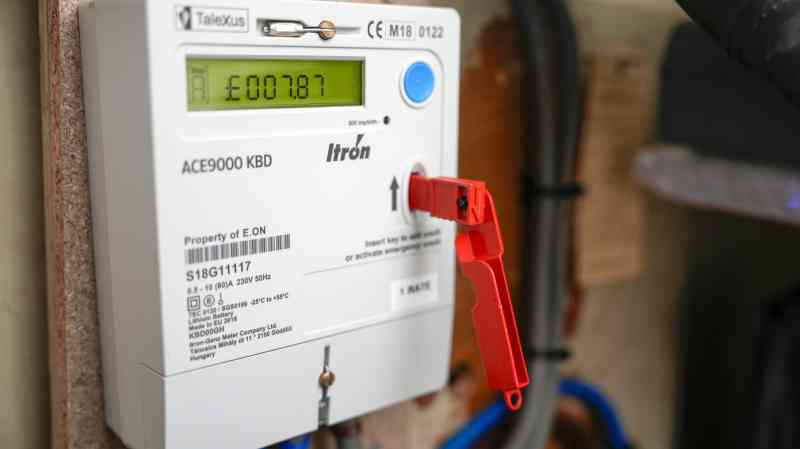Steady inflation figures boost chances of US interest rate cuts
The Federal Reserve is on track to deliver its first interest rate cut in four years after a key measure of US inflation held steady in July.
Official figures from the Commerce Department on Friday showed another month of slowing price pressures in the American economy, with the Fed’s preferred measure of annual inflation holding at 2.6 per cent in July, compared with economists’ forecasts of a rise to 2.7 per cent.
Stronger than expected economic data from the world’s largest economy this week has boosted the dollar on international currency markets, with sterling being one of the casualties. On Tuesday the pound, which dipped 0.1 per cent on Friday to $1.318, hit a two-year high against the greenback, supported by investor expectations that the Bank of England will cut rates less sharply than the Federal Reserve in the coming months, after making its first reduction in August.
Traders on Friday slightly raised bets of a 25-basis-point rate reduction by the Fed next month to 69 per cent, with a 50 basis point cut possibility coming down to 31 per cent after the inflation report, according to the closely watched CME FedWatch tool. Markets expect at least three rate cuts from the US central bank before the end of the year.
The yield on the benchmark ten-year Treasury bills rose 0.6 basis points to 3.873 per cent, on track for its first weekly rise in three weeks. On Wall Street equity indices ended on a positive note ahead of the long Labor Day holiday weekend.
The Dow Jones industrial average clocked up its 26th record close of the year so far with a gain of 228.03 points, or 0.6 per cent, to 41,563.08 to bring its monthly gain to 1.8 per cent. The more broadly based S&P 500 ended 1 per cent higher on the day and up 2.3 per cent in August while the technology-dominated Nasdaq climbed on 1.1 per cent in the session and rose 0.7 per cent over the month.
The Fed targets a 2 per cent rate for its core personal consumption expenditures index, which measures the prices of goods and services Americans are buying, excluding food and energy.
July’s monthly and annual measures of the personal consumption expenditures index were in line with expectations, with the core figure rising by 0.2 per cent between June and July and the annual figure including food and energy remaining stable at 2.5 per cent.
Olu Sonola, head of US economic research at Fitch Ratings, said that a quarter-point cut to interest rates was already “set in stone” for next month, “but the Fed will still hope the jobs report next week does nothing to pile on the pressure for a 50-basis-point cut. Consumer spending continues to surprisingly exceed all expectations, a clear indication that the economy continues to be in good shape with solid above-trend growth.”
• What will happen if Trump wins the US election in 2024?
The absence of any inflationary surprises should allow the Fed to cut interest rates at its next meeting on September 18, which would mark the first monetary loosening since the pandemic. The US central bank aggressively raised the cost of borrowing from just above 0 per cent to a range of 5.25 per cent to 5.5 per cent in the past three years and has kept the Fed funds rate unchanged for the past 12 months.
Jerome Powell, chairman of the Fed, said last week that the “time had come” to cut interest rates to prevent a significant slowdown in the labour market and a rise in unemployment.




Post Comment